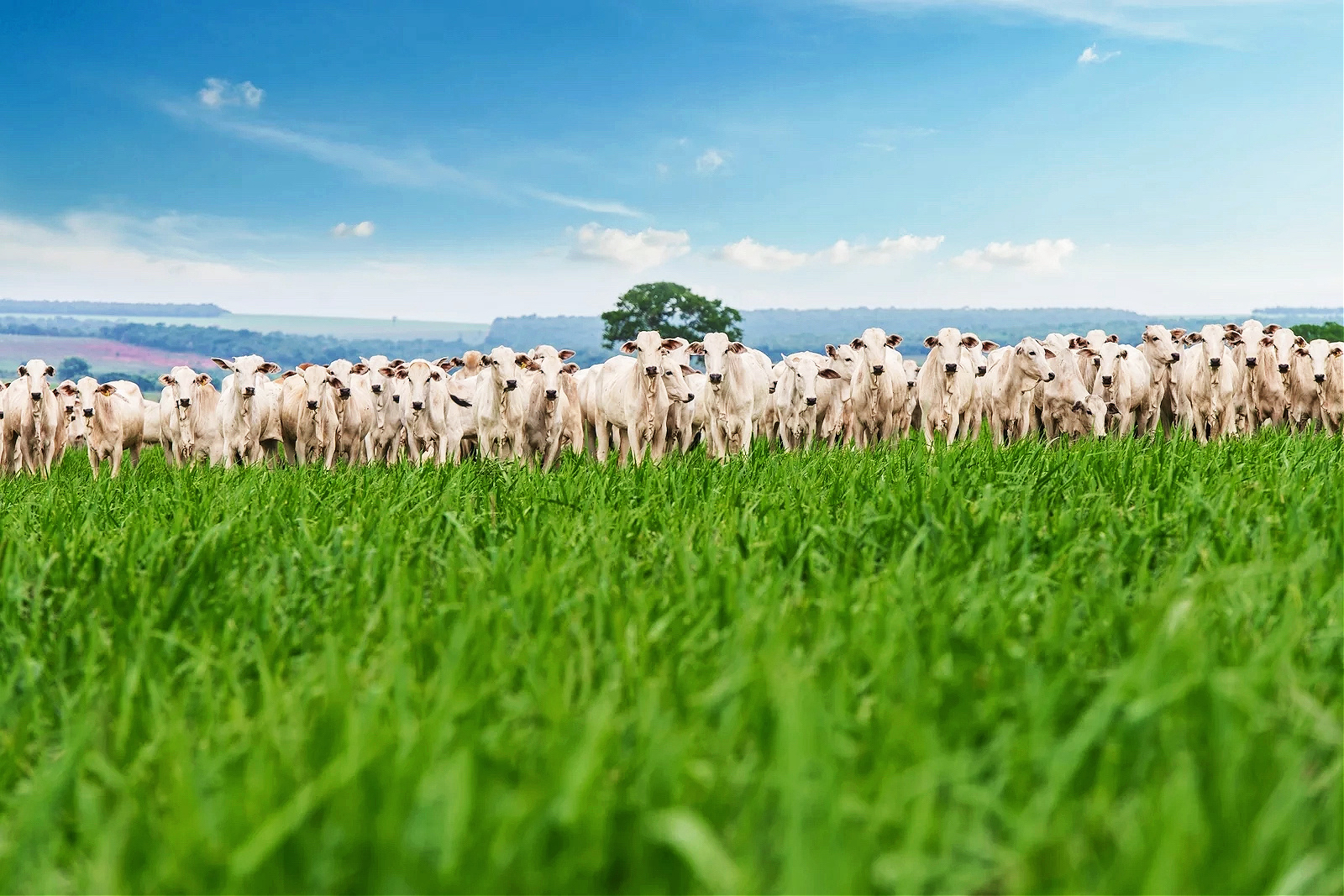
Brazil’s Beef Boom and the Crucial Battle over the Amazon
In the United States, cattle ranchers are grappling with a challenging scenario as costs climb and demand slumps. A recent memo from Bank of America predicts that the recovery of America’s beef industry might not occur until 2025, with the current cycle at its lowest ebb.
Ranchers find themselves trapped in the most taxing phase of the beef cycle, marked by diminished herds and more expensive calves, much of it a result of rising commodity prices. Yet this plight is not global—while U.S. ranchers face difficulties, Brazil’s beef market is flourishing.
In 2023, Brazil’s projected beef export of three million tons—nearly a quarter of global exports—presents an untold cost: a looming threat to the Amazon as ranchers clear land for grazing. Fortunately, innovative private initiatives are stepping in, showing a committed response to curb deforestation.
Between 2019 and 2022, Brazil opened large stretches of the Amazon for new pastureland. The deforested area leaped from 6,207 square kilometers in 2015 to 13,038 square kilometers in 2021.
However, this number doesn’t fully account for the forest fires that frequently ravage the Amazon. Often tied to human-induced deforestation, these fires result from cutting down trees and igniting cleared land. The destruction of the Amazon unfolds in stages, from logging high-value hardwoods to land clearance via fire. This sequential destruction escalates land value but also fuels the rapid increase of deforestation in recent years.
Driven by revenues from timber, livestock, agriculture, and real estate appreciation, this destruction appears relentless. Yet, there may be a turn toward sustainability with Lula da Silva’s return to power. His previous policies reduced deforestation by 80%, signifying renewed vigor in Brazil’s fight against climate change.
While the global community waits for Brazil’s government to enact a robust deforestation plan, the private sector is taking decisive strides, initiating remarkable conservation strategies.
Among these is the Mejuruá Project from BR ARBO Gestão Florestal, a pioneering initiative proposing one of the most significant forest conservation efforts in the Amazon. Designed to protect 900,000 hectares, it combines sustainable forest management with vigorous protection against illegal deforestation. Leveraging high-value carbon credits and community collaboration, Mejuruá stands as a promising model for economic development aligned with environmental stewardship.
Similarly, the Amazon Rio Project, covering 18,559 hectares, illustrates a concerted effort to protect the Amazon. Its goals encompass ecosystem preservation, community engagement, and alignment with the United Nations Sustainable Development Goals, underscoring education, health, and empowerment of women.
The harsh truth is that Brazil’s benefit from low-cost beef carries a severe price on the Amazon and its native inhabitants. The endeavors of the Mejuruá Project and Amazon Rio Project highlight the private sector’s robust commitment to the Amazon’s conservation.
Their varying approaches reinforce the Amazon’s intrinsic value to the globe, showing that creative and brave solutions exist for virtuous economic development. These sustainable approaches not only favor the forest but also the communities living within the Amazon, setting a precedent for other regions confronting similar challenges. It’s a signal of a different, more sustainable path—one that’s not only achievable but essential.
